The WORST episodes of NOVA
Every episode of NOVA ever, ranked from worst to best by thousands of votes from fans of the show. The worst episodes of NOVA!
Helps viewers of all ages explore the science behind the headlines.
#1 - Secrets of the Lost Red Paint People
Season 14 - Episode 22 - Aired 12/15/1987
NOVA follows archaeologists as they unearth clues, some 7,000 years old, about an unknown, mysterious and advanced sea-faring people who lived along the North Atlantic coast of the United States and Canada.
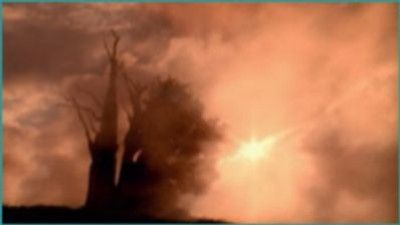
#2 - Methuselah Tree
Season 28 - Episode 18 - Aired 12/11/2001
Marked by striking imagery and a poetic style, the film dramatizes the life cycle of the world's oldest living thing, the bristlecone pine of California's White Mountains.
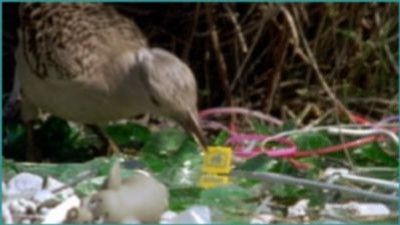
#3 - Flying Casanovas
Season 28 - Episode 19 - Aired 12/25/2001
The program, with Sir David Attenborough narrating, celebrates the extraordinary antics male bowerbirds get up to when courting a female.
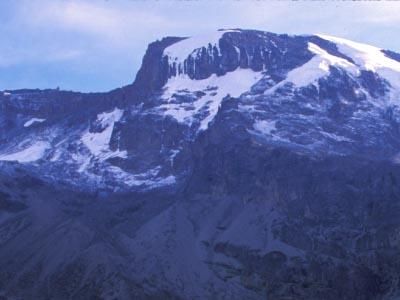
#4 - Volcano Above The Clouds
Season 30 - Episode 17 - Aired 11/18/2003
Join a scientific expedition to the glacier-capped summit of Kilimanjaro, Africa's tallest mountain.
#5 - Hunt for the Serial Arsonist
Season 22 - Episode 14 - Aired 11/14/1995
One out of every three fires in the United States is set deliberately. Firefighters must report the cause and origin of each fire they fight. If the cause of a fire cannot be determined immediately, a fire investigator may be assigned to the case. Investigators sift through the remains of a fire for clues about its cause, and if there is evidence of arson, the investigators also collect information to help police identify and locate the arsonist. In this episode of NOVA, a series of similar arson fires in California raises concern that a serial arsonist might be at work. The program follows the investigative team that solved this incredibly difficult case.
#6 - Treasures of the Great Barrier Reef
Season 22 - Episode 15 - Aired 11/28/1995
The Great Barrier Reef along the northeast coast of Australia is the largest coral formation in the world, covering more than 365,000 square kilometers. Within it exists a unique underwater environment that is continually evolving: the coral itself can vary greatly from one region of the reef to another as it adapts to varying conditions of light, surf, and temperature. In this program, marine biologists and photographers explore the reef using specialized underwater cameras to investigate the diverse and interdependent plants and animals that live there. The program also documents the annual spawning of coral and the geological and biological forces that make it possible for coral reefs to survive. Coral reefs around the world are incredibly fragile; many are endangered by overfishing and excessive use by humans.
#7 - Race to Catch a Buckyball
Season 22 - Episode 16 - Aired 12/19/1995
In 1985 a chemist looking at stardust, paired with one searching for brand new materials, stumbled across what science said could not exist – a third form of carbon. They named the soccer ball-shaped molecules "Buckminsterfullerene" after the architect who invented the geodesic dome. Today "Buckyballs," as the molecules are playfully known, are revolutionizing chemistry and promise countless technological applications. NOVA traces this remarkable tale of serendipity in scientific discovery.
#8 - Can Buildings Make You Sick?
Season 22 - Episode 17 - Aired 12/26/1995
A search for the causes of Sick Building Syndrome. Experts look at various problem buildings, inspecting their air conditioning, lights and carpets for clues to the mysterious maladies afflicting the workers inside.
#9 - Cracking the Ice Age
Season 23 - Episode 20 - Aired 12/31/1996
Did the crash of continents that produced the Himalayan Mountains also trigger the Ice Age?
#10 - The Plane that Changed the World
Season 12 - Episode 21 - Aired 12/17/1985
NOVA joins the 50th anniversary celebration of the DC-3—the plane that revolutionized commercial air travel, served gallantly in World War II and is called the most important plane ever built.
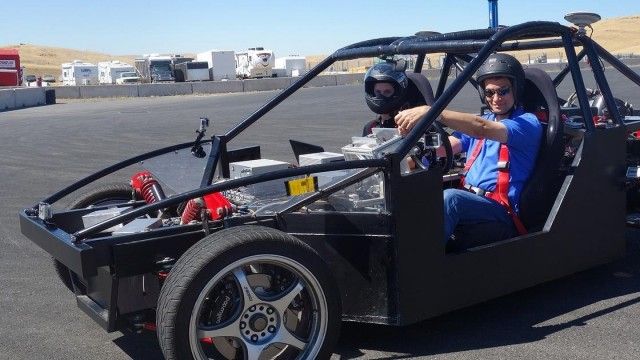
#11 - Making Stuff Safer (4)
Season 40 - Episode 21 - Aired 11/6/2013
The world has always been a dangerous place, so how do we increase our odds of survival? In "Making Stuff Safer," David Pogue explores the cutting-edge research of scientists and engineers who want to keep us out of harm’s way. Some are countering the threat of natural disasters with new firefighting materials and safer buildings. Others are at work on technologies to thwart terrorist attacks. A next-generation vaccine will save millions from deadly disease. And innovations like smarter cars and better sports gear will reduce the risk of everyday activities. We’ll never eliminate danger—but science and technology are making stuff safer.
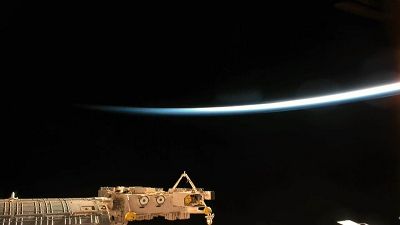
#12 - At the Edge of Space
Season 40 - Episode 23 - Aired 11/20/2013
Between the blue sky above and the infinite blackness beyond lies a frontier that scientists have only just begun to investigate. In "At the Edge of Space," NOVA takes viewers on a spectacular exploration of the Earth-space boundary that's home to some of nature's most puzzling and alluring phenomena: the shimmering aurora, streaking meteors, and fleeting flashes that shoot upwards from thunderclouds, known as sprites. Only discovered in 1989, sprites have eluded capture because they exist for a mere split-second—40-times faster than an eye blink. NOVA rides with scientists in a high-flying weather observation plane on a hunt for sprites, finally snaring them in 3D video and gaining vital clues to unraveling their mystery. Combining advanced video technology with stunning footage shot from the International Space Station, "At the Edge of Space" probes the boundary zone and offers an entirely new perspective on our home planet.
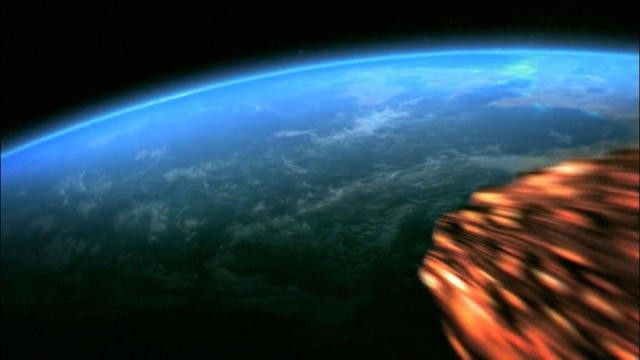
#13 - Asteroid: Doomsday or Payday?
Season 40 - Episode 24 - Aired 11/20/2013
The asteroid that exploded over Siberia—injuring more than 1,000 and damaging buildings in six cities—was a shocking reminder that Earth is a target in a cosmic shooting range. From the width of a football field to the size of a small city, these space rocks have the potential to be killers. In a collision with Earth, they could set off deadly blast waves, raging fires and colossal tidal waves. But some audacious entrepreneurs look up at asteroids and see payday, not doomsday. Some asteroids are loaded with billions of dollars’ worth of elements like iron, nickel, and platinum. NASA is planning an ambitious mission to return samples from a potentially hazardous asteroid, and would-be asteroid miners are dreaming up their own program to scout for potentially profitable asteroids. Will asteroids turn out to be our economic salvation—or instruments of extinction?

#14 - First Man on the Moon
Season 41 - Episode 23 - Aired 12/3/2014
Everyone knows Neil Armstrong was the first to set foot on the moon. But this modest and unassuming man was determined to stay out of the spotlight. NOVA presents an intimate portrait of Armstrong through interviews with his family and friends, many of whom have never spoken publicly before. Discover and relive his achievements before and after Apollo, from his time as a Navy combat veteran and later as a pioneer of high-speed flight to his leading role in the inquiry into the Challenger disaster and his efforts to encourage young people to take to the skies.
#15 - The Controversial Dr. Koop
Season 16 - Episode 12 - Aired 10/10/1989
The Controversial Dr. Koop is an episode from the PBS documentary series NOVA that aired on October 10, 1989. The episode features C. Everett Koop, the former Surgeon General of the United States, who rattled the country with his distinct views on AIDS, tobacco, and abortion while in his position from 1982 to 1989
#16 - Top Gun Over Moscow
Season 23 - Episode 15 - Aired 11/12/1996
Flights in Russia's powerful fighter jets are for sale to foreign travelers. So is the Russian Air Force still in the game?
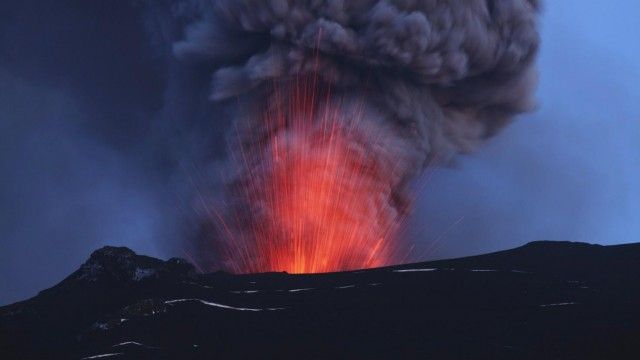
#17 - Doomsday Volcanoes
Season 40 - Episode 1 - Aired 1/2/2013
In April, 2010 the eruption of Iceland's Eyjafjallajökull volcano turned much of Europe into an ash-strewn no-fly zone, stranding millions of travelers. But was Eyjafjallajökull just the start? Now, an even more threatening Icelandic volcano, Katla, has begun to swell and grumble. Two more giants, Hekla and Laki, could erupt without warning. Iceland is a ticking time bomb: When it blows, the consequences could be global. As CGI takes us inside these geological monsters, we meet atmospheric scientists who are working to understand just how devastating an eruption could be—not just for air travel but for the global food supply and for Earth's climate. Could we be plunged into years of cold and famine? What can we do to prepare for the disaster to come?
#18 - Runaway Universe
Season 27 - Episode 18 - Aired 11/21/2000
The program follows the efforts of two rival teams of astronomers as they search for exploding stars, map out gigantic cosmic patterns of galaxies, and grapple with the ultimate question: What is the fate of the universe?
#19 - Incident at Brown's Ferry
Season 4 - Episode 6 - Aired 2/23/1977
NOVA recreates March 1975 at Brown's Ferry, an Alabama nuclear power plant—the largest in the world—that suffered a seven-hour fire which came very close to developing into a major public disaster.
#20 - The Case of the Ancient Astronauts
Season 5 - Episode 9 - Aired 3/8/1978
NOVA investigates the theories of von Daniken and others that the Earth has been visited by intelligent beings from outer space. Among claims examined are: that the building techniques used in the Great Pyramid of Cheops are so advanced that only an extraterrestrial intelligence could have built it; and that the engraved stones of Palenque in Mexico depict an ancient astronaut at the controls of a space rocket.
#21 - The Hot-Blooded Dinosaurs
Season 4 - Episode 2 - Aired 1/12/1977
If you were a dinosaur scientist, what would you do with a pile of fossil bones? How would you even start to put the giant jigsaw puzzle together, never mind discover anything about how these dinosaurs lived? NOVA explores the incredible world of the dinosaur scientist.
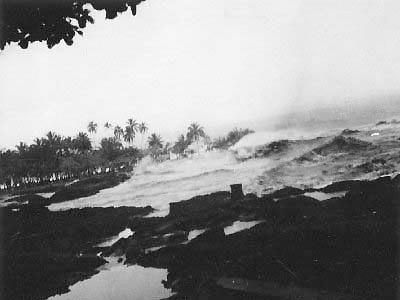
#22 - Wave That Shook The World
Season 32 - Episode 7 - Aired 3/29/2005
On December 26, 2004 a devastating tsunami in the Indian Ocean kills more than 250,000 people. NOVA takes an in depth look at just what happened on that fateful day.
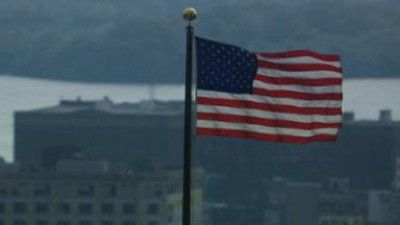
#23 - Judgment Day: Intelligent Design On Trial
Season 34 - Episode 13 - Aired 11/13/2007
In this two-hour special, NOVA captures the turmoil that tore apart the community of Dover, Pennsylvania in one of the latest battles over teaching evolution in public schools. Featuring trial reenactments based on court transcripts and interviews with key participants, including expert scientists and Dover parents, teachers, and town officials, "Judgment Day: Intelligent Design on Trial" follows the celebrated federal case of Kitzmiller v. Dover School District. This program was coproduced with Paul G. Allen's Vulcan Productions, Inc. In 2004, the Dover school board ordered science teachers to read a statement to high school biology students suggesting that there is an alternative to Darwin's theory of evolution called intelligent design–the idea that life is too complex to have evolved naturally and therefore must have been designed by an intelligent agent. The teachers refused to comply. Later, parents opposed to intelligent design filed a lawsuit in federal court accusing the school board of violating the constitutional separation of church and state. "There was a blow-up like you couldn't believe," Bill Buckingham, head of the school board's curriculum committee, tells NOVA. Buckingham helped formulate the intelligent-design policy when he noticed that the biology textbook chosen by teachers for classroom use was, in his words, "laced with Darwinism." NOVA presents the arguments by lawyers and expert witnesses in riveting detail and provides an eye-opening crash course on questions such as "What is evolution?" and "Is intelligent design a scientifically valid alternative?" Kitzmiller v. Dover was the first legal test of intelligent design as a scientific theory, with the plaintiffs arguing that it is a thinly veiled form of creationism, the view that a literal interpretation of the Bible accounts for all observed facts about nature. During the trial, lawyers for the plaintiffs showed that evolution is one of the best-tested and most thoroughly con
#24 - Ancient Creature Of The Deep
Season 30 - Episode 3 - Aired 1/21/2003
NOVA chronicles the discovery of a "living fossil," a fish called the coelacanth that has remained relatively unchanged since prehistoric times. The program recalls Darwin's prediction that some creatures would have not undergone any major adaptations due to selective pressures and would have remained relatively the same since prehistoric times.
#25 - The Case of the UFOs
Season 9 - Episode 11 - Aired 10/12/1982
For the first time on television a rigorous, scientific investigation into the fact, fiction, and hoax of unidentified flying objects. With vivid film and accounts from several eyewitnesses including astronauts, NOVA sifts the evidence for and against the existence of UFOs.